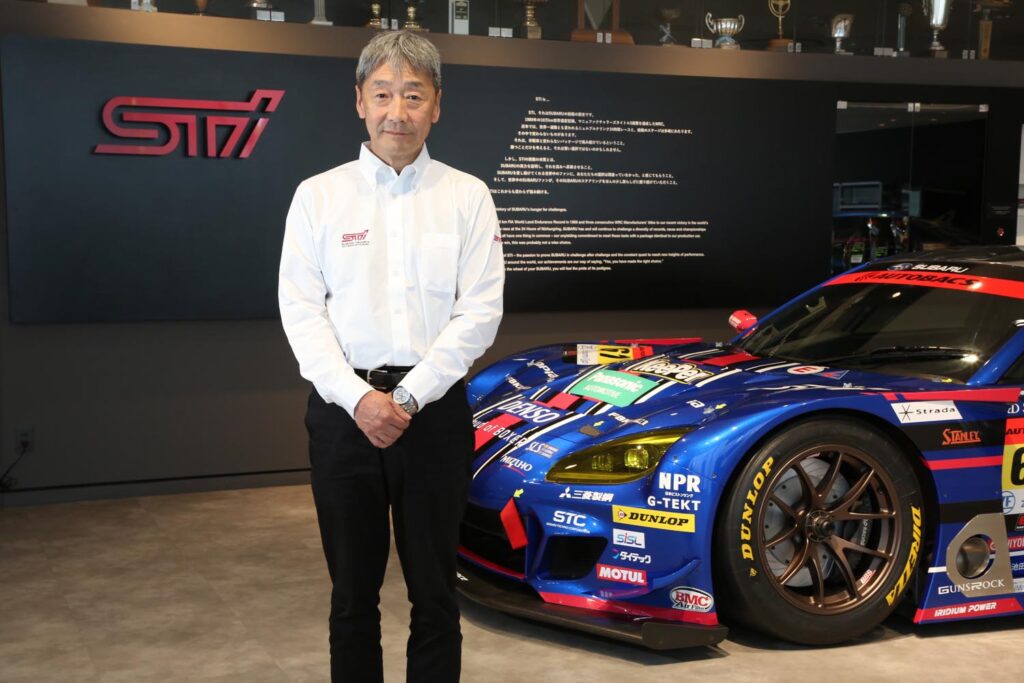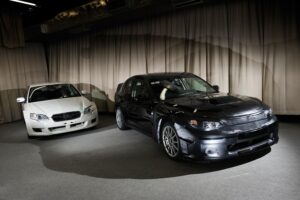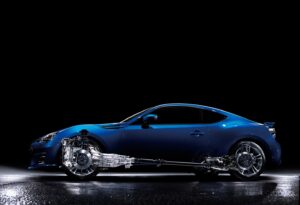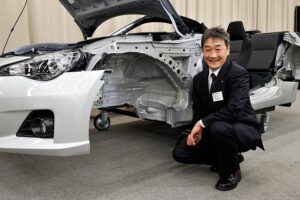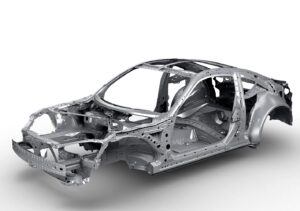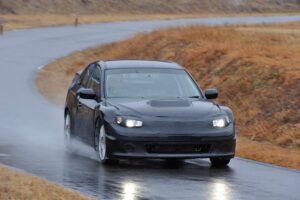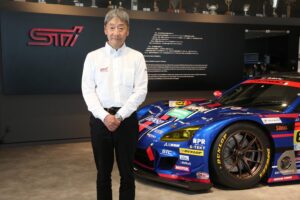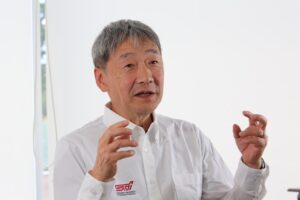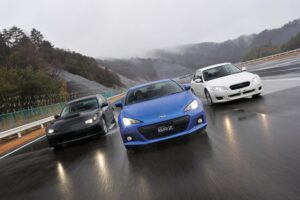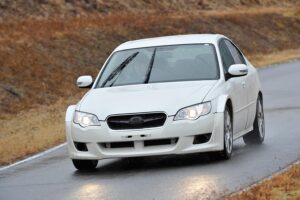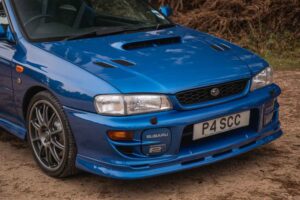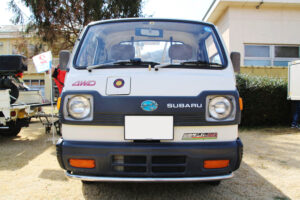Key person in the design and development of the first-generation BRZ
The first Toyota 86 and Subaru BRZ were born in 2012. Subaru was in charge of design and production, and it was the new STI president, Mr. Hiromi Tamou, who led the project. He was the central figure, so to speak, of Subaru’s hotshot engineers, whose names were mentioned on various occasions by the Toyota engineers involved in the joint development. How will he use his skills, which enabled him to successfully carry out joint development with Toyota, a difficult undertaking, to deepen STI this time? We had the opportunity to interview the new president, who has only just taken office.
“If my heart isn’t passionate, I can’t get on with my job!”
When the details of the second generation GR86 & BRZ were revealed, we felt that the first-generation had proved its perfection. Of course, development costs would have been strongly limited and resources may have been insufficient for major modifications. Nevertheless, the development engineers of the second generation made effective modifications to increase its potential and finish it. This was only possible because the framework of the first generation had been completed. The man responsible for the development and design of the first generation was Mr. Hiromi Tamou. Coming from a body design background, he was probably the most suitable person for the role.
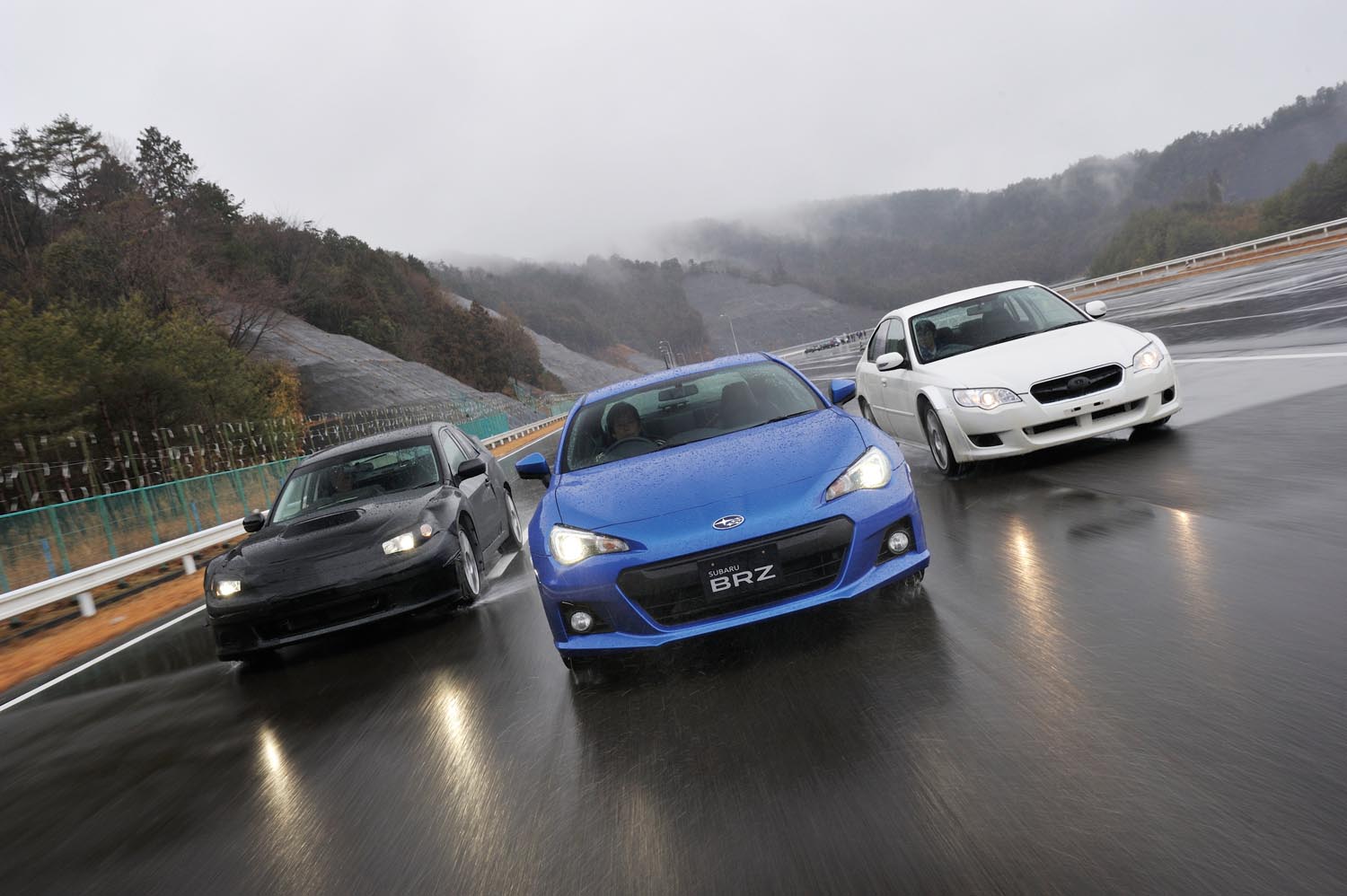
“I think I just happened to be lucky. I was able to work on a car like this, which I think probably every engineer would have wanted to do. In that sense, I am also grateful to the company.”
The interview began with a soft and gentle impression, unlike the stiff image I had heard from the engineers on the Toyota side. Of course, 12 years ago he was 12 years younger and seemed more intense. Let’s start with his involvement with the first generation. How long were you involved with the BRZ after its launch?
“I had moved to the advanced development department, but I was also looking at the BRZ for a while. I also had discussions with Mr. Tada about what to do next. We also talked about what we were going to do next. I also received offers to take part in events, but I turned them all down. I’m not very good at public speaking…”
“We did everything we could within the basic package”
Is the fact that engineers from the Toyota side initially appeared on various occasions, while the Subaru side was overshadowed, partly because Mr. Tamou did not appear in the public eye? How did he feel about the subsequent evolution of the first generation?
“Even when I was still in charge, there was a lot of talk about making it more powerful, or making it faster, or making it have a lower center of gravity. Some people around us wanted to add a turbo, but we couldn’t because there wasn’t enough space, and the center of gravity was at its limit, so it was impossible. In that sense, I think it was good that we increased the engine displacement in the new model. There were things like reinforcing the body a little during the evolutionary process, but we had done everything we could within the basic package and layout. That’s why I think my successor was in trouble.”
The distance between the 86 and BRZ changed as the first generation was steadily matured through annual improvements. Specifically, the 86’s suspension settings became closer to those of the BRZ, with the BRZ side getting a taste for things like EPS control and steering dampers, and in the later years, the driving character became much closer.
“There were parts where the knowledge from Toyota was put to good use”
“In many areas, there were parts that would have been better if Toyota had done it, and there were also some small details that we could see because it was Toyota. So it’s a mutual thing. The 86 indeed seems to have come closer to the BRZ in the more obvious areas such as suspension settings, but there were also areas where Toyota’s knowledge and expertise were used more on the inside, for example in the control. I think that was the value of the joint development.”
What is your view of the new BRZ?
“First of all, the engine displacement has been increased, making the car very easy to drive. The body rigidity has also been improved, so I think the car has evolved into a car that can be driven comfortably in a variety of situations. After all, there are things you can’t understand until you put it on the market. There are things you can’t see on the test track alone. You need a road to live on. I have the impression that the parts that came to light from this have been incorporated into the new model change.





